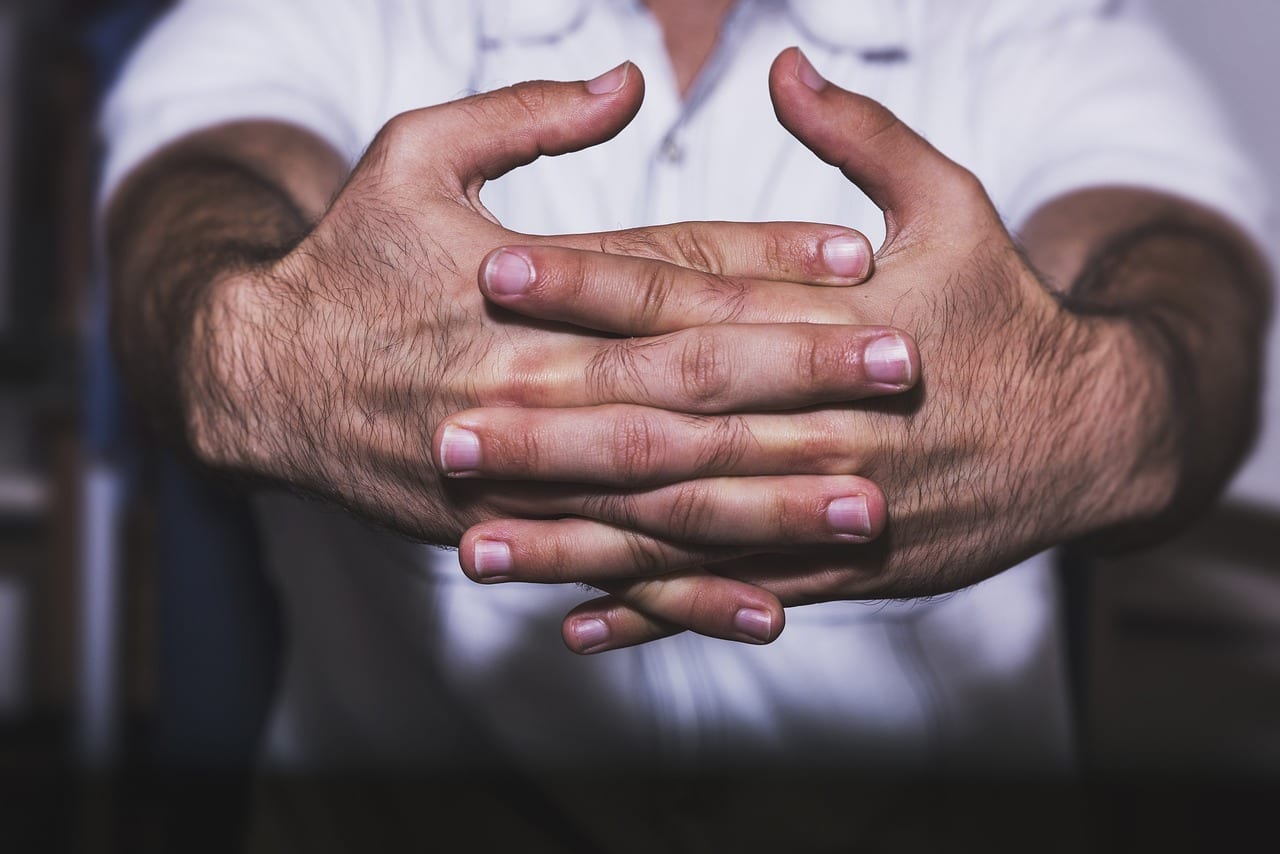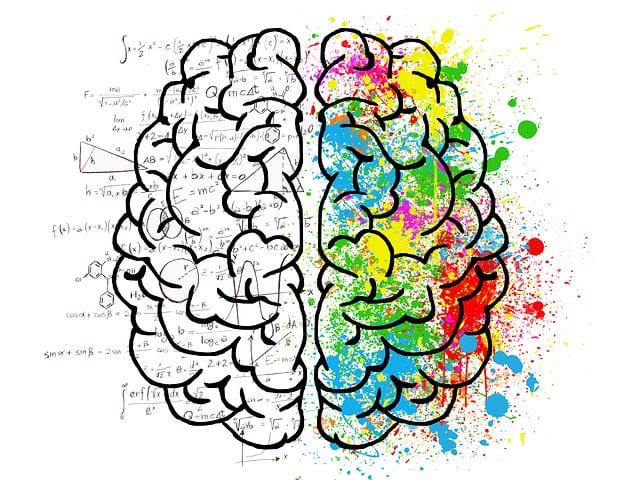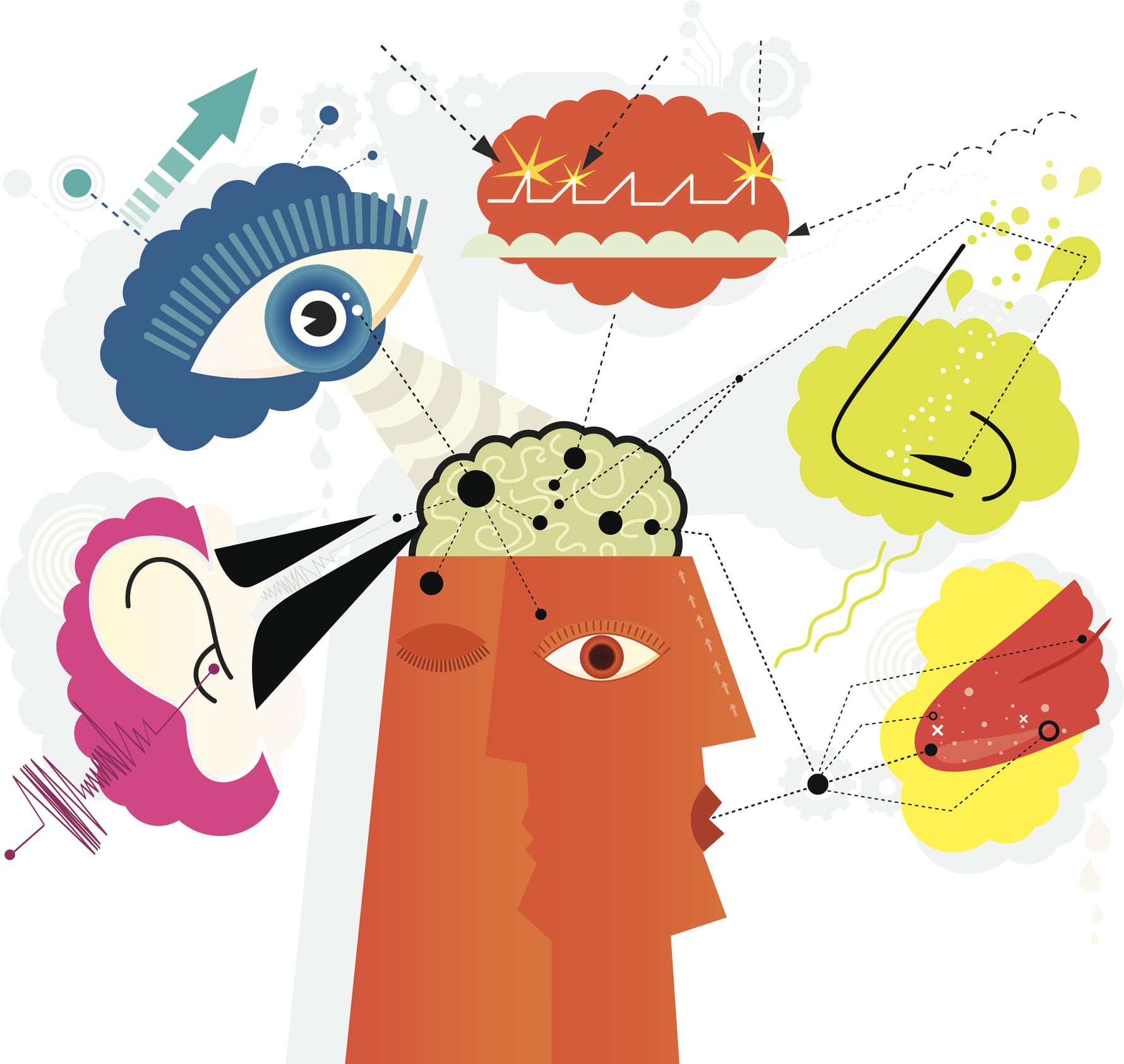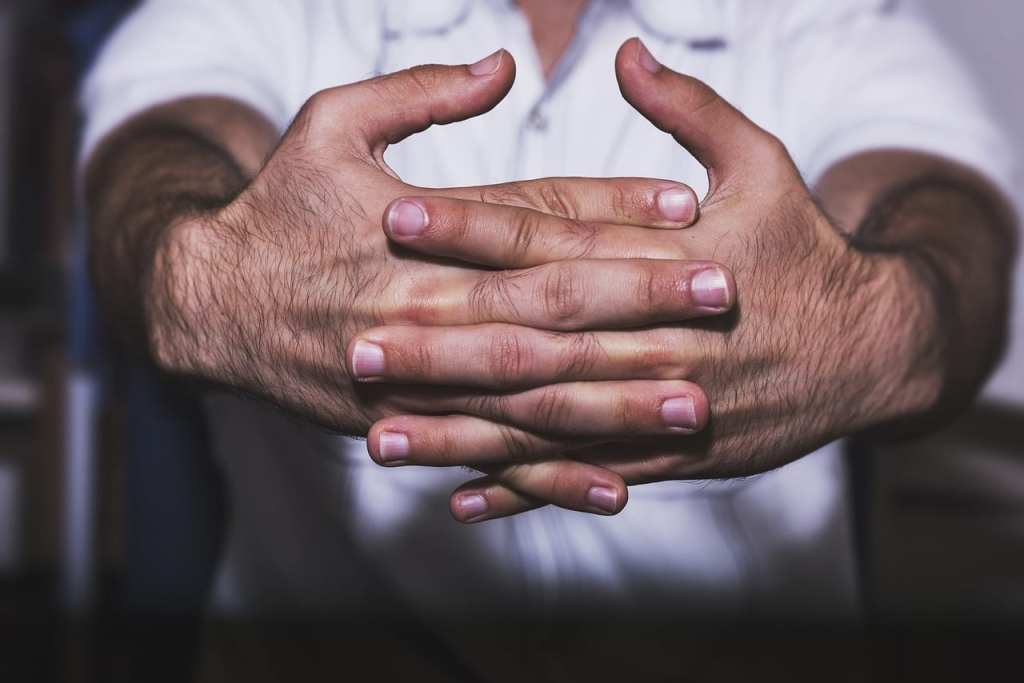We all hear stuff when we’re young that just stays in our brain – we’re built so that’ll happen. But even though this is handy for remembering when we should use our indoor voices, it also means that some of the things we pick up are bound to be wrong.
Or maybe a lot of the things we pick up.
Myth 1: Knuckle Cracking Causes Arthritis.

Photo Credit: Pixabay
I crack my knuckles constantly – it’s probably one of the most annoying things about me. And for years my mother told me that if I kept it up, I would give myself arthritis.
Before we can really talk about why this is wrong, it’s important to talk a bit about what arthritis is. Arthritis is actually not very well defined – the word itself is just a catchall term for syndromes that cause joint swelling and pain, which can be chronic or not, or severe or not. There are dozens of different types of arthritis, some of which are extremely mild, and some of which are debilitating. Some arthritides can affect your internal organs in various ways, and some, like lupus (technically a type of arthritis – again, it’s a very broad term), can even be deadly.
When you crack you knuckles (or any of your joints), bubbles of nitrogen gas are being pulled into existence in the synovial fluid (the fluid that lubricates your joints) by the negative pressure you place on your knuckles by doing, well, whatever it is you do to crack them. These bubbles collapse quickly back into the fluid, which makes a noise.
If you don’t feel any pain when you crack your knuckles, then what you are doing is, medically speaking, harmless. If you do feel pain, then that is a sign that you may have an underlying issue, and the knuckle cracking could be affecting it in some way.
Even though knuckle cracking doesn’t raise your risk for arthritis, there are a few, minor drawbacks that reviews of the knuckle cracking literature have discovered. 1) People who crack their knuckles are more like to have weak grips, and 2) they are more likely to have swollen hands.
If that doesn’t bother you, crack away!
Myth 2: We use only 10% of our brain.

Photo Credit: Pixabay
You may remember the 2014 film Lucy, which revolved around this exact concept.
You may also have seen some of the scientific rebuttals of the film’s premise. It is not exactly clear where the myth arose from, though there are theories, but it is just that: a myth. No, we do not only use 10% of our brain. Over the course of many years, there has not been any portion of the brain that, when stimulated or destroyed, caused no effect whatsoever. And in fact, most of our brain is in use most of the time – even when we are sleeping or performing a simple task.
Even though we do not always use 100% of our brain, all of our brain is sometimes used.
Myth #3: We are either right- or left-brained.

Photo Credit: Pixabay
Another brain myth is that we are either right or left brained, an depending on which half of our brain we use, we are either more creative or more analytical.
Again, not true.
Though it is true that there are certain parts of our brains that are located on the right or left parts of the brain, studies have shown that people don’t really lean more on one side of the brain vs. the other, no matter what their personality is like. This myth is so ingrained in the culture now, that it’s mostly used as a figure of speech, instead of a real, scientific classification – and that’s just fine. But creative people rely on their right brains pretty much the same amount as analytical people do.
Myth 4: We only have 5 senses.

Photo Credit: iStock
We talk about sight, hearing, taste, smell and touch because they are the five most obvious ways that we perceive the world around us – but there are other, subtler senses that contribute to our perceptions as well. For instance, there are cells in our muscles that tell us where our limbs are in space, and cells in our inner ears that tell us whether we are maintaining our balance. There are also specific cells that tell us how much pressure we are feeling, and whether something is cold or hot – individual senses that are often wrapped up in “touch”. Some people, though not everyone, can even sense when barometric pressure is rising or falling.
To count how many senses people have, it really depends how you define the word “sense” – but any way you look at it, it’s definitely more than 5.
Myth 5: It takes your body 7 years to digest gum.

Photo Credit: Pixabay
Wrong – we straight up can’t digest it at all. That doesn’t mean that it stays in our stomach though; just like any other food that we can’t digest very well (corn, anyone?), gum moves through our digestive system at a normal pace, until it is eventually excreted, usually within a day or two.
It is possible that, if you swallow too much gum, it might form a blockage in your intestine – but even then it won’t stay there forever. If you find yourself in that situation, you’ll definitely be able to feel it, and you should go to the doctor.
Myth 6: You should drink eight 8-0z glasses of water a day.

Photo Credit: Pixabay
This is actually a pretty good myth to believe in, if you’re gonna believe any myth. That’s because this is easy to remember, and a reasonable goal for about the amount of water most people might need. The thing is, everyone’s ideal fluid intake is different – some people need less than 64 oz of water, and some need more.
According to the National Academies of Sciences, Engineering, and Medicine, this is about how much water you should take in daily:
- About 15.5 cups (3.7 liters) of fluids for men
- About 11.5 cups (2.7 liters) of fluids.
But as long as your pee is light yellowish, you’re doing fine.






